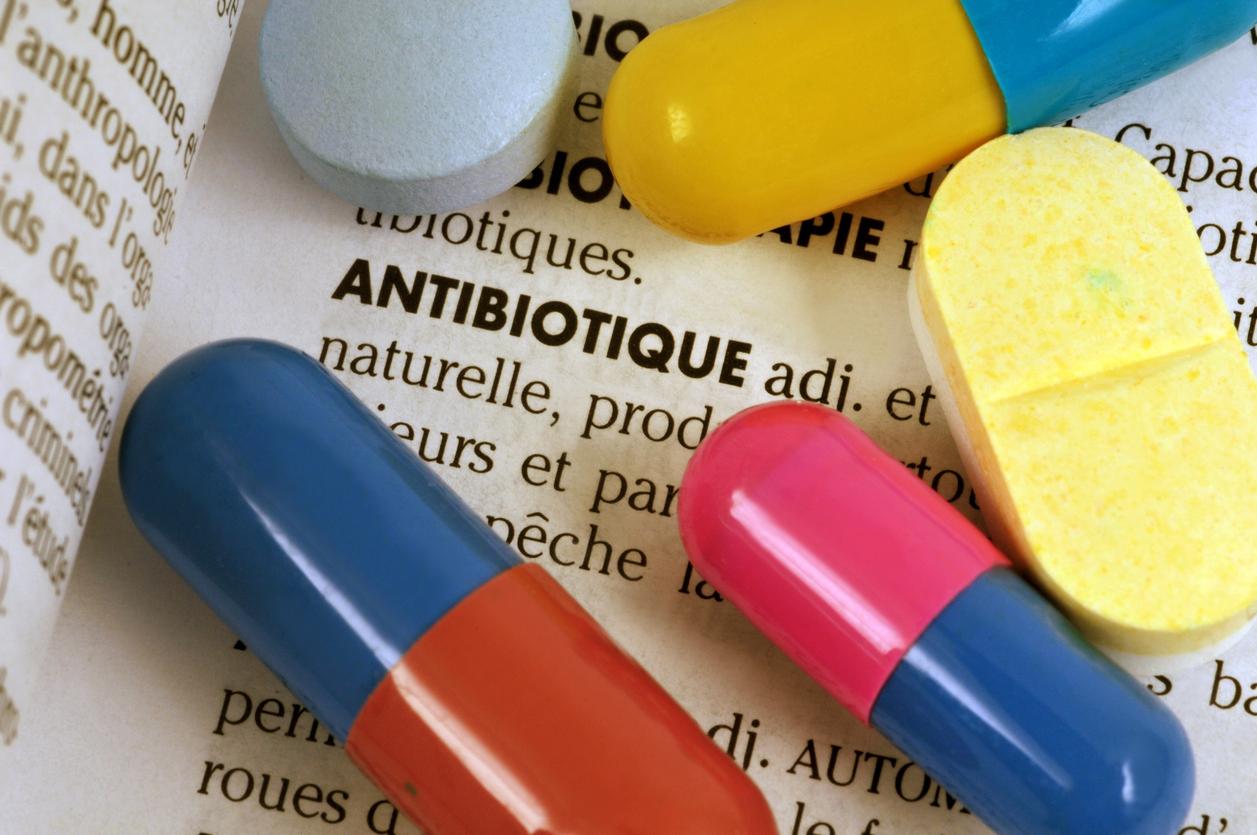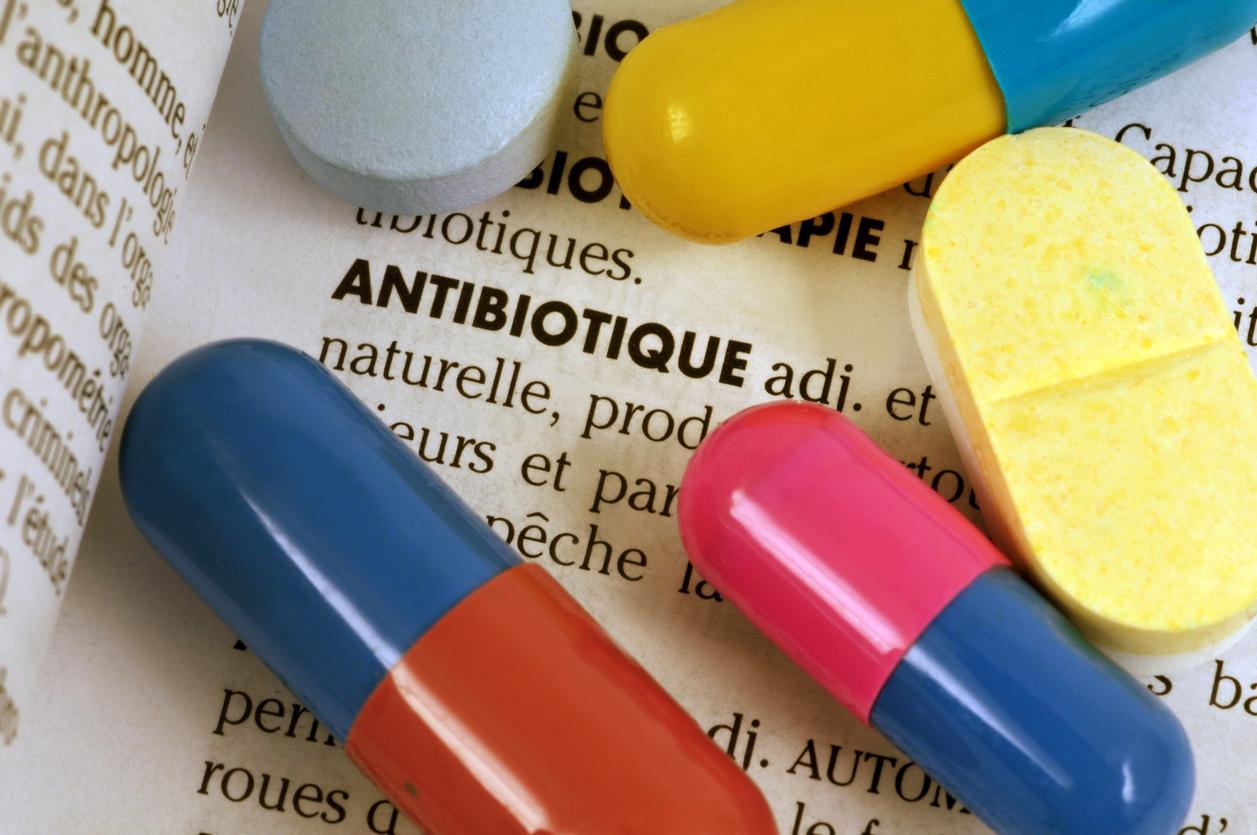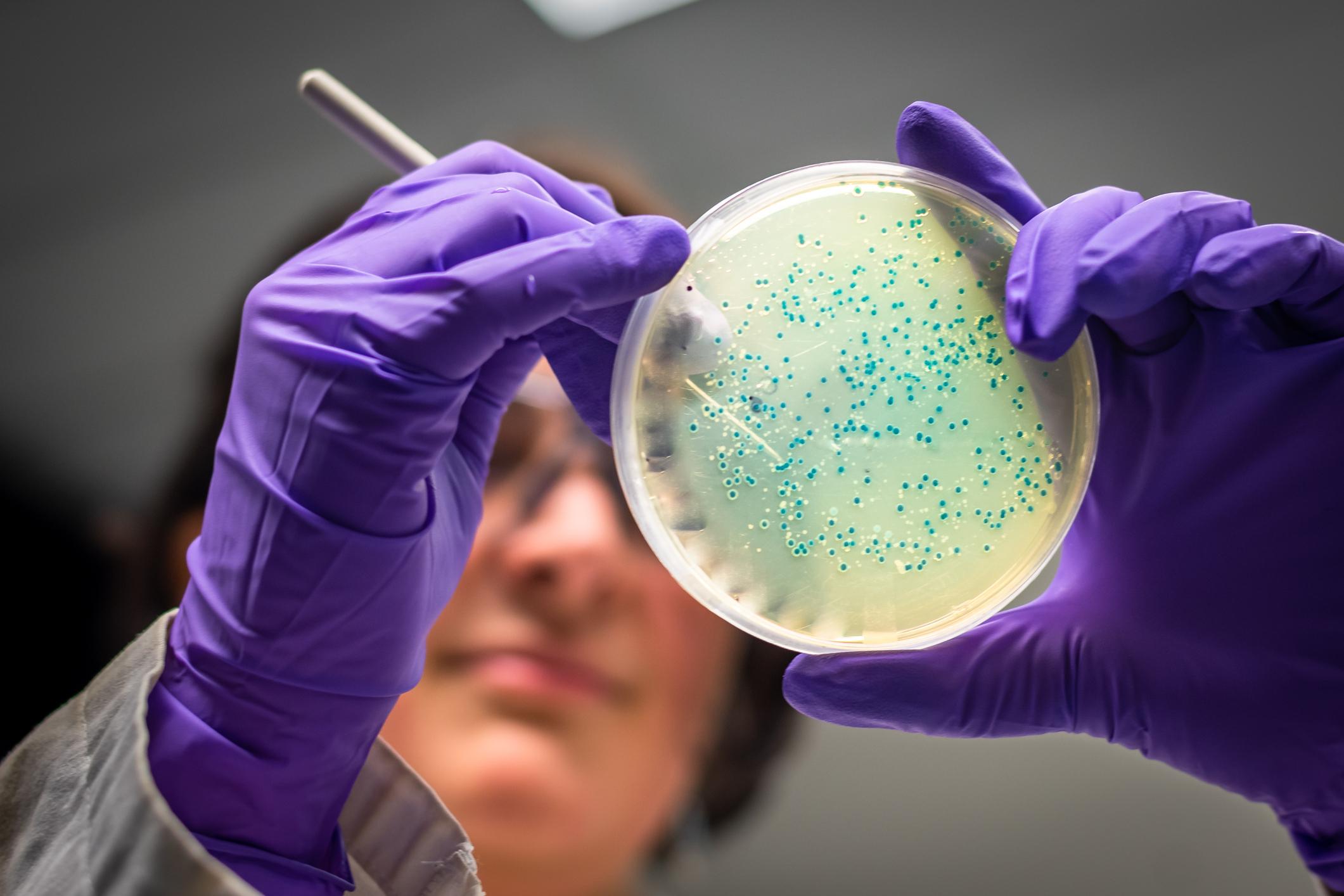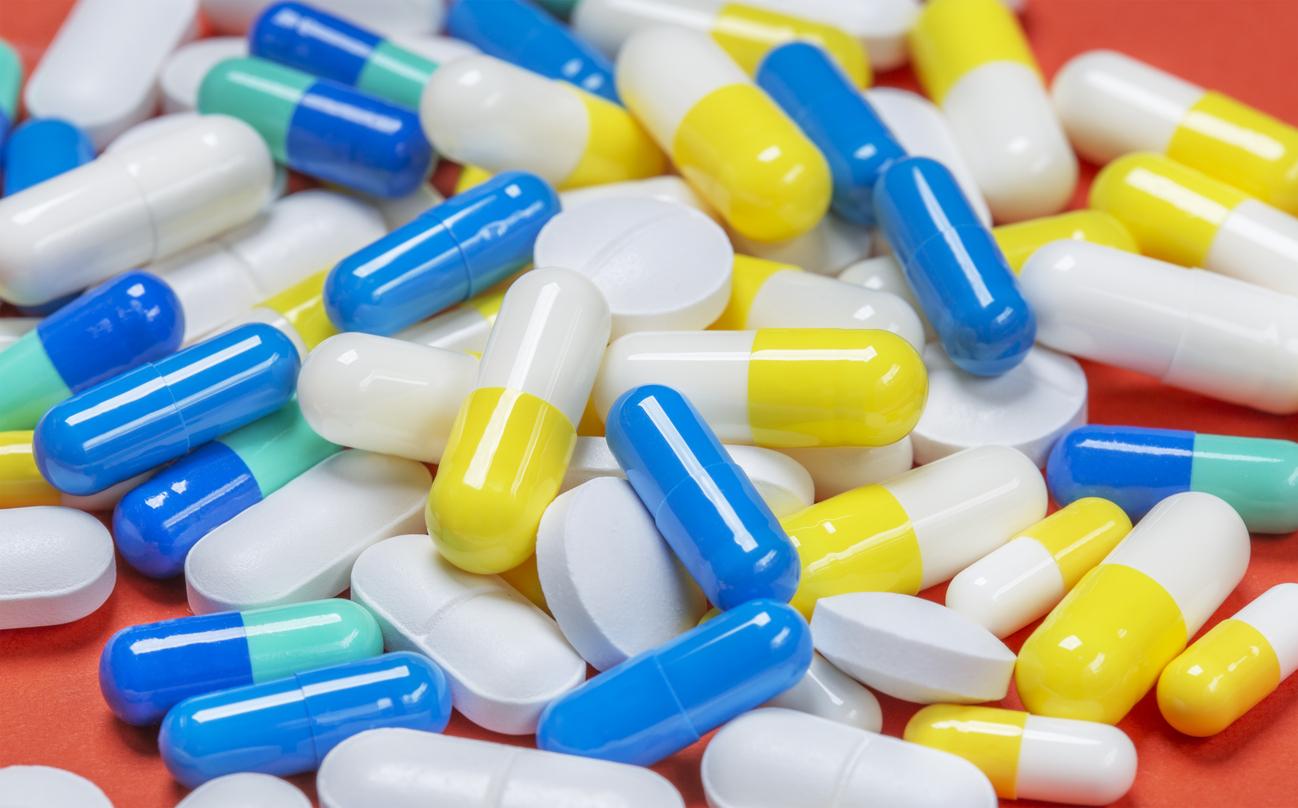Chances are the Komodo Monitor Lizard has never heard of bacterial resistance, yet it could be a key part in solving this problem. In recent decades, antibiotics have revolutionized the world of medicine by destroying once deadly bacteria. Unfortunately, the latter have learned over time to resist them by selecting the most stubborn bacteria: antibiotics lose their effectiveness, with the threat of seeing fatal infections appear again. What is the Komodo monitor doing in this public health problem?
Anti-bacteria proteins
The Komodo monitor lizard may harbor dozens of highly toxic bacteria in its mouth, but it does not die of it, even if it is bitten by a similar one. Scientists therefore became interested in his case and discovered in his blood portions of proteins called antimicrobial peptides. As the name suggests, these peptides have anti-microbe properties that help the monitor lizard resist toxic bacteria.
The idea therefore came to the researchers to synthesize these peptides and to confront them with super-bacteria, that is to say bacteria which have shown resistance to antibiotics. Of the eight peptides, seven were successful in killing both super bacteria, the eighth being effective on only one of them. This study published in Journal of Proteome brings first results that will have to be confirmed later. Scientists therefore have their work cut out for them before finding a way to use, perhaps, this ability of the monitor lizard to solve the plague ofantibiotic resistance.
To read also
Antibiotic resistance will cause 10 million deaths per year in 2050
Bacteria DNA promotes antibiotic resistant strains
Antibiotics: 2 years to reduce their consumption by 25%
















